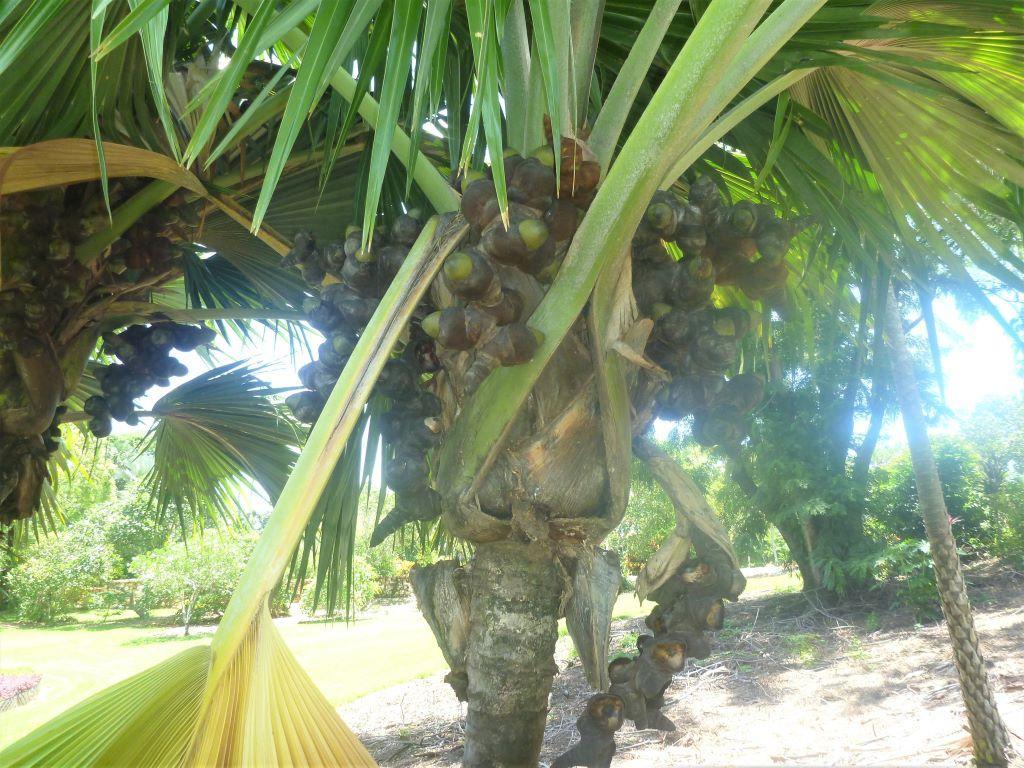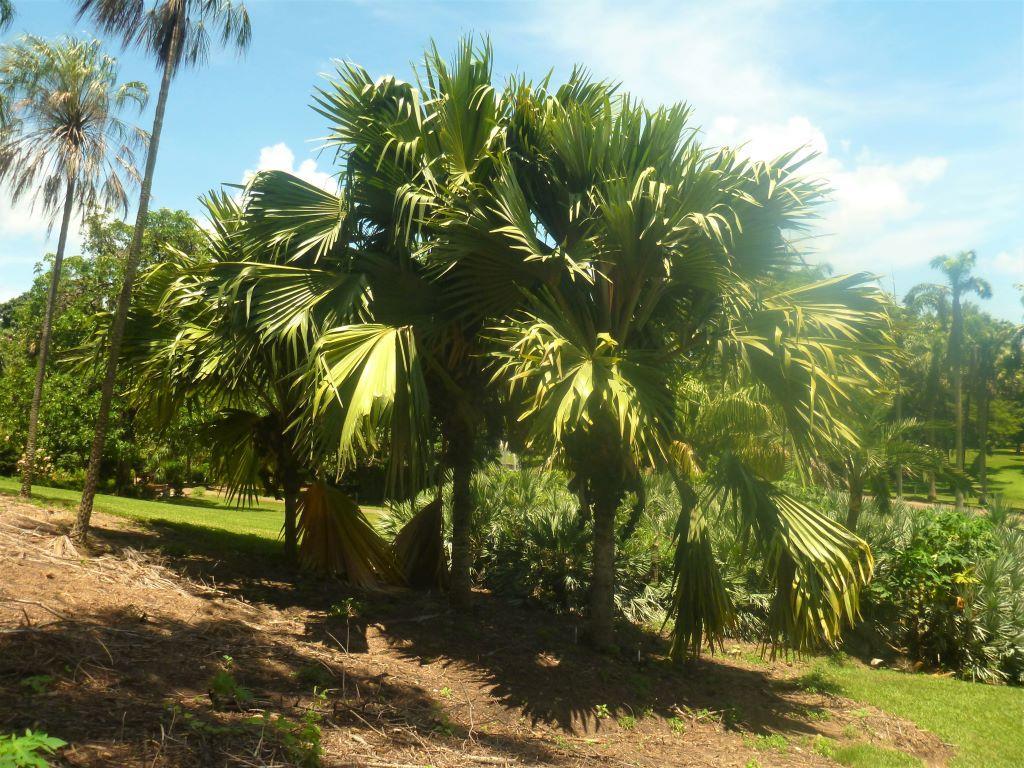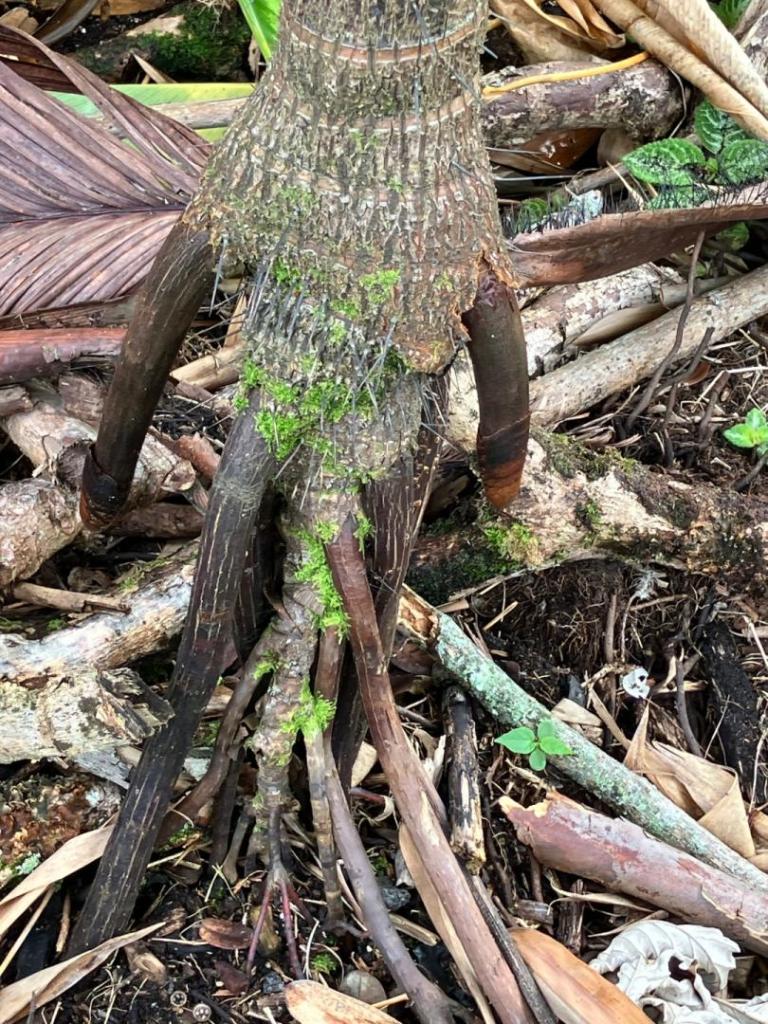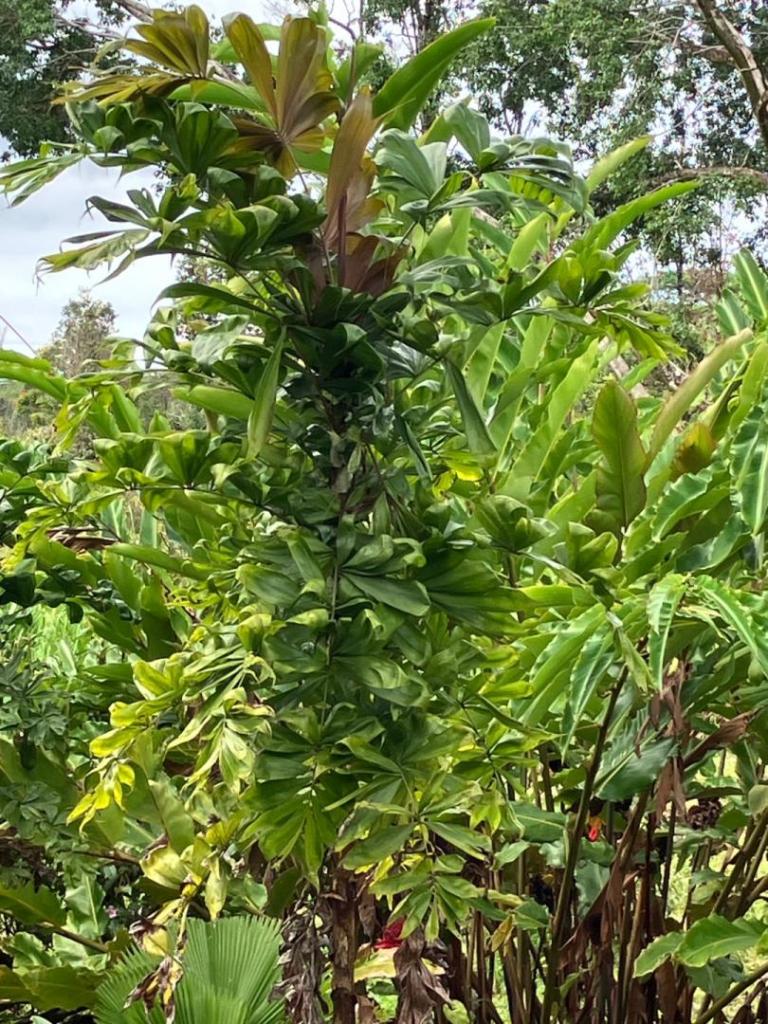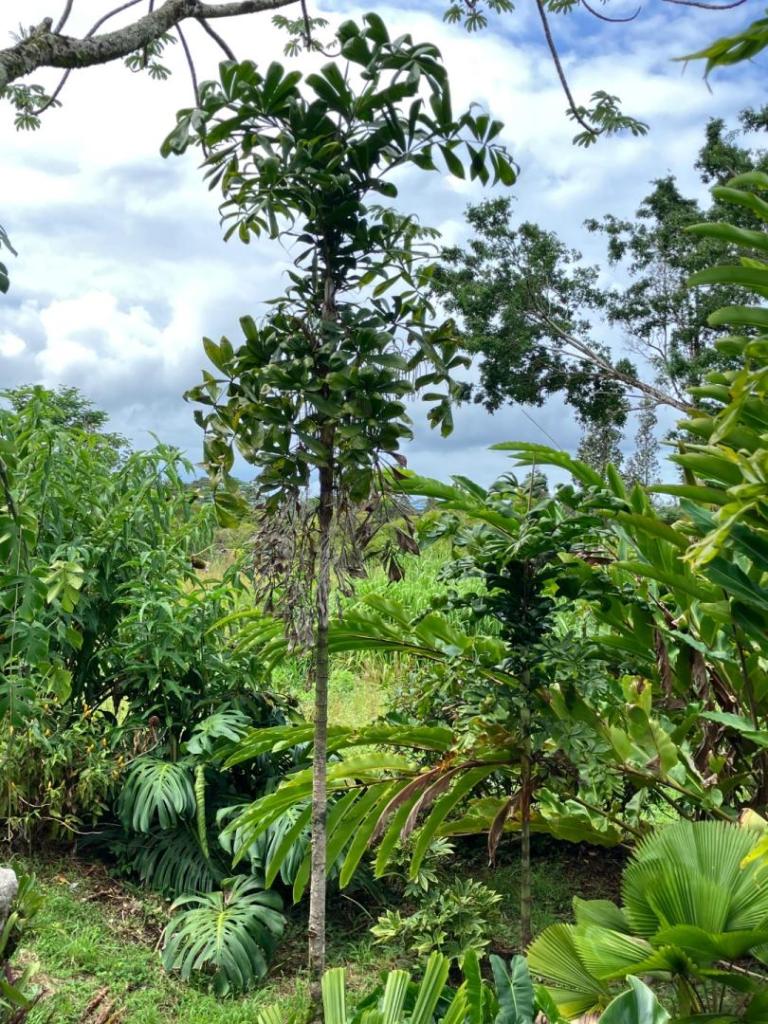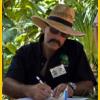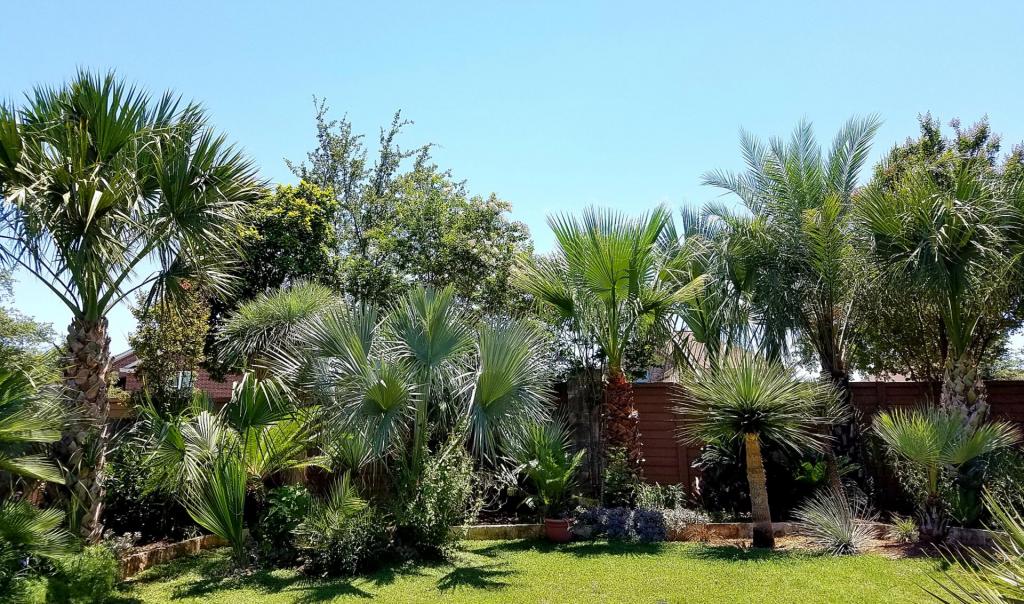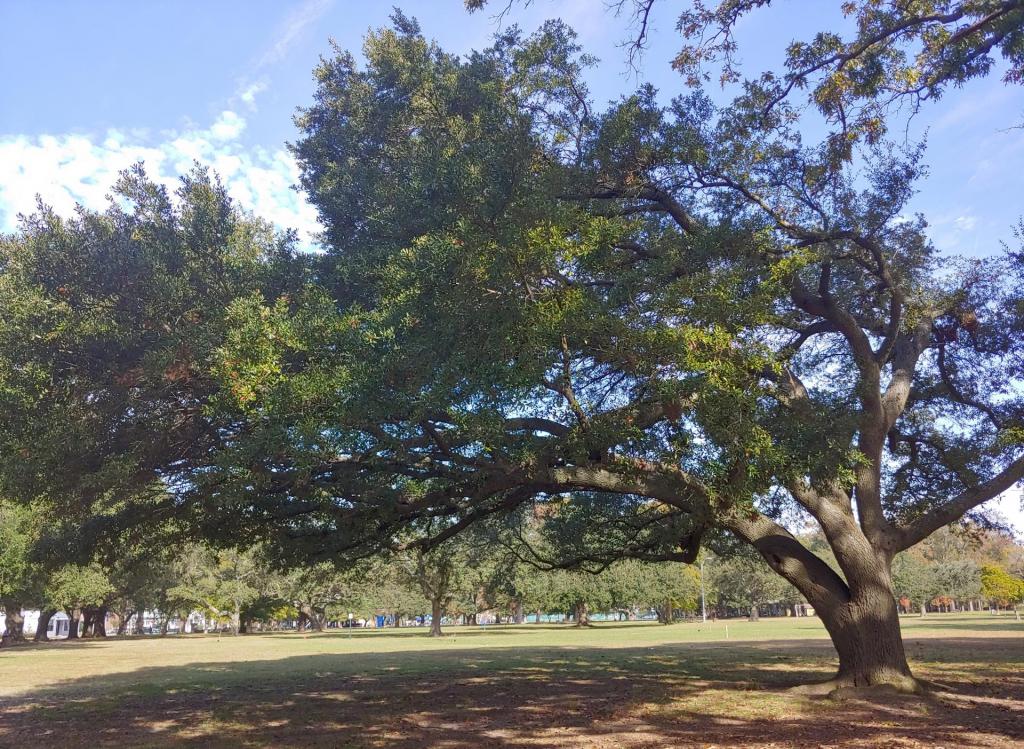Leaderboard
Popular Content
Showing content with the highest reputation on 03/03/2025 in all areas
-
In January 2020 I received my Mule Palm from MPOM. Over the last 5 years its grown substantially and now I am faced with a decision to up-pot yet again, sale it, or plant it. Of course I chose to plant it. A new pot the next size up would be about $300, and then what? In 2 years I'll be faced with the same predicament. This mule has endured the last 3 seasons outside since it's been too large to come in the house since 2022. The lowest we've been since then is 10F and its suffered minimal to no damage (granted - I laid it on the ground and threw a bed sheet over it when it got that cold). Otherwise it's stayed outside year-round. Now, before anyone comes for me about planting it (Yes, I'm in zone 8) my logic is that considering its survival and knowing its marginal palm here - I am willing to see what happens. Who knows, maybe we won't have anymore century level events for the next 100 years. *fingers crossed* Anyway, the predicament has been WHERE to plant it; the backyard is quite full these days. So, the decision to remove my Namwah banana mat was made yesterday, and plant the mule in its place. While I love my bananas, and they do extremely well here - the Namwah was the right plant in the WRONG place and was a constant pain to keep off of the fence, and off of the patio. Not to mention I have plenty of other varieties of bananas. I made the right move. After 9 hours with only a quick dinner break today I managed to somehow remove the established mat of namwahs, and excavate a planting hole for the mule. (word to the wise - do not plant bananas without intent. Be sure that's where you want them for all eternity and have ample room around them. Oh, and use heavy lifting equipment if you need to move them.... ugh😫) Post trunk chop from winter and now the heavy lifting begins... About 2.5hours into it and I'm questioning my life choices ..... QUEUE 200 LB POTATO..... After about 6 hours I finally managed to get the giant potato from hell out of the ground and dig out a 2 foot deep 2 foot wide meteor impact crater .... *notice the red clay - if you know you know* Once removed from its prison... er, I mean pot.... I had to do some root pruning/releasing. It was extremely root bound and swirling. Once the mess of roots had been freed from themselves - the rest is the easy part. To settle in I made sure to add plenty of plant tone and water in incrementally as I back filled the hole using a mix of seaweed extract, superthrive, and root stimulator water. Hopefully that will minimize transplant shock. Fingers crossed. I do expect to lose some of the lower fronds just from how aggressive I had to be with the root mass. Finally after about 9 grueling hours, sunburnt and bleeding .... Hopefully the Mule likes this spot as much as the bananas did, and I get to see some explosive growth. As per usual it will receive nothing but regular waterings with seaweed and unsulfured molasses water to establish the root/soil microbiome this season with no fertilizers for the next 90 days. IMG_0208.HEIC13 points
-
12 points
-
5 points
-
5 points
-
I bit the bullet and planted a California Fan Palm (or what I believe to be a very pure Washingtonia Filifera) at the advice of the Plant World staff in Albuquerque. I planted it in a protected spot near the house by the fence. Got a really good deal, massive 15 gallon for $200. Asking for care advice, and also if these need protection. The California Fan Palms outside of Bahama Bucks seem to be thriving, but they are protected. There are also many unprotected palms in Roswell. We had an exceptionally cold winter and all the established palms seem to be fine. Pic attached.4 points
-
3 points
-
Talk about a kid in a candy store omg. What fun it is to have so many new palms to choose from and some absolute bargains. As a palm grower myself I could not resist a kerriodoxa even though I have 700 of them in my greenhouse I just had to buy it. Even a nice Cham genoformis, dypsis poiveana I already have quite a few in containers and in the ground but I still had to buy them I just can’t help myself. So the list of palms I purchased are as follows. cham genoformis, pritchardia martii, licuala pelata sumowongii, synecanthus warscewizianus, hydriastele pinangoides, dypsis managenerensis, dypsis rosea, Cham elatior, ptychosperma cuneatum, rhopalastylis sapida, dypsis poiveana, dypsis pinnatafrons, Cham nubiums Pinanga insignis dypsis arenarium blue form, dypsis robusta, Chuniophoenix humilis, Calum’s muelleri and an Arenga caudata. An absolute feeding frenzy of palm buying and the best part was a total blast of fun doing so. Just a couple more for the collection.3 points
-
Good luck with it! I hope you get many good years out of it. That looks like a really tiring day...and exactly how every weekend should be. Thank goodness spring is here.3 points
-
3 points
-
So I'm just wondering about other people's experiences when buying from this company? Specifically any reviews of their Butyagrus seeds that they have been selling in recent years...? Someone in the UK brought a batch about 2 years ago and I was able to source some of them from him via Ebay about 20 months ago now. I paid £36 / £48 for 8 of those seeds from him plus UK postage. I think he had ordered 100 seeds for about $250 and had to pay about $40 postage to get them to the UK. Some of those he was able to sell on to other collectors like myself. Well fast-forward almost 2 years now and I haven't had any of my 8 seeds germinate and I haven't heard about any germinating from the other guy's seed batch. I also know there is a member in Spain @Peachs who has purchased 50 seeds from them for 192 Euros / $205 around the same time and he has not had a single one germinate either in 2 years now. So there is a definite red flag there and a common theme of European buyers being sent 'dud' seeds at least. Whether or not others in the States have also had this issue...? Has anyone else got any experience with dealing with this company and specifically purchases of their seeds, as it does seem we may have been sold 'dud' seeds that were not viable. If they were cheap, then like 'whatever'. But the two other buyers who I mentioned have clearly paid enormous prices to ship dud seeds across the Atlantic. It's not really good enough, is it!? 🤬2 points
-
2 points
-
That seems about right unless , of course , there is a rain event that waters the palm for you. Be sure to do the finger in the soil check to make sure it is not drying out or getting too much water. Weather can affect the requirements. Harry2 points
-
1)High drainage check, 2) green sand worked to help the appearance, check. Its a potassium deficiency but there could be other problems as well. When we talk of sand or gravel changing the soil chemistry two factors matter. Solubility in water, and surface area. SUrface areas of gravel decrease rapidly with gravel size. Therefore granite 3/4" will do nothing on both counts, its big so has a low surface area/lb and its not appreciably soluble (dissolvable). Limestone is another matter its quite soluble in water for a stone. I would expect that unless you have limestone or dolomite, minimal chemistry changes will occur from gravel. But the low surface area also means low cation exchange especially if the gravel is deep into the soil. Low cation exchange in high drainage soil is exactly what is in my yard. White/grey sand is the worst soil, bring on the ammendments to up the cation exchange and moisture retention. Lack of moisture retention means more frequent watering which can lead to a hardness accumulation from irrigation water if it is of a significant hardness. That further prevents soil wetting and water/fertilizer uptake. I would go straight to sulpomag(langbeinite) and consider some soil ammendment, perhaps turface MVP.2 points
-
2 points
-
Here are some mature Sabal mexicana in Plazuela de San Pedro, Antigua Guatemala. They had the boots removed by chainsaw and have an interesting trunk pattern now. Seems to me that Sabal mexicana is synonymous with Sabal guatemalensis. There were no fruits to be seen on any of the palms, the birds stripped them clean.2 points
-
2 points
-
2 points
-
$200 for this massive 15 gallon! There's probably 2 foot or more of trunk there, we have a pretty tall fence.2 points
-
2 points
-
Wow, that is some swampy-looking ground. It is probably great for those hibiscus. I hope your uresana recovers for you. They are really nice palms. It would be a shame to lose it.2 points
-
Thanks for the grow tips . I have a spot in mind for it, but my garden is so packed under the canopy iam going to plant it in the middle of pathway that’s like a three way intersection, to heck with the pathway I can walk around it I say but it’s a prime spot with great thermal protection out of the wind. It’s one beautiful palm that’s for sure. My low temperatures are around 2 degrees Celsius so iam hopeful it will make it. Be shame to kill it now, after all the years it has been alive to get to the size it is in a container.2 points
-
I agree with @Las Palmas Norte - even in East Texas they don't look good if they are in full sun and not irrigated well. Brahea species and Sabal uresana would do much better although they grow slowly. Majesties aren't going to last long at all due to their thirsty habit and lack of cold tolerance.2 points
-
Trachycaprus fortunei Windmill palm doesn't perform well in arid, high heat areas. I think the best you might hope for is a shaded (especially during the hottest part of the day) area and routine deep irrigation.2 points
-
2 points
-
I put my existing pots of Dendrobium speciosum onto larger pots as they grew. The three in the tall ceramic pots were the ones that Harry recommended that I put in shallow pots after blooming season ends. I threw in the photo of the Dendrobium speciosum ssp grandiflora that I planted in a shallow layer of bark on a partially exposed rock. All Dendrobium speciosum in this group are ssp Pendiculatum, Grandiflora or Curvicaule.2 points
-
2 points
-
2 points
-
2 points
-
So I guess I would have looked like this one then in the picture. I really didn’t have much of walk around the gardens as the car was full of palms and we all know you can’t leave plants inside hot cars especially in sunny Queensland. Iam glad you at least talked her into buying a kerriodoxa if we can convert one person a day into a palm nut we are getting there slowly. Richard2 points
-
2 points
-
That is an awesome palm for the price Richard. Itaya has always been one of my favourite tropical palms I wish I could grow. A friend of mine has a nice one growing down here in a heated glasshouse. I think you’re a chance in your location but maybe keep it protected until it establishes. Here’s one at Gardens by the Bay in Singapore. Photo taken 9 years ago.2 points
-
She got interested in palms after seeing some of mine so when I bought any I always doubled up on species I knew she would like, This was her first palm show and she left with that big 4WD of hers packed like a can of sardines. She needed no encouragement at all.1 point
-
Some really good stuff there. If only I lived on the east coast. I would make an annual pilgrimage.1 point
-
1 point
-
I certainly have a lot to look forward too if that’s an example of what I have, stunning palm you have there!1 point
-
In the public area of the Darwin Botanical Gardens it seems they only have female plants, which are always loaded with fruit with plenty laying on the ground. However (there's always a "but", but however will do here) they're small and sterile. I've heard they've got males "out the back" somewhere so maybe there's a breeding program there. I could imagine if they had plants with fertile fruits in the public area they probably wouldn't last long. It's completely open and unfenced. I know someone who works at the gardens, must get in contact with her and find out whether they have mature fruits that sometimes "fall off the back of a truck". 🫢1 point
-
They are a bit like a licuala but the leaves get massive. They survive in the Fairchild Botanic Garden, which is in the middle bit of Florida where it can get cool in winter. One of the palm nurseries in Brisbane had a batch of them about 20 years ago (when I was still in primary school) At the time I was told they are a good house plant but for some reason I never bought one. The nursery your palm came from is sort of halfway between Brisbane and the Gold Coast, so it should take any cold your place throws at it. Peachy1 point
-
1 point
-
Most palms can be air layered. Clay soil is awesome. Freezes build character. I can go on.1 point
-
One would think so as have I. As odd as it seems, newly planted Needle palms are susceptible to crown rot typically with the larger main stem. The smaller offsets seem to weather the first few years better. Providing an overhead canopy assists overcoming this issue.1 point
-
1 point
-
1 point
-
1 point
-
The largest offspring that I had in the ground was comparable to that of a 15gal palm.... it had/has 100% frond damage from the arctic blast but it's pushing new fronds just like all the other sabals in the yard. My low here was 8F. BTW after taking the photos of those palms down by the Galleria area, I researched local weather stations in the area and it seems as though that part of the Houston downtown area only got down to about 20F. I know I was shocked too but I checked several home weather stations in and around that area and clearly there was a heat island effect there! So if those temps are true, that might be why the palms look as good as they do. On the positive side, the one I have in the ground and a few others in pots are all growing and seem to be reliably hardy to 8F, if you don't mind the crown needing to regrow from such an event ! In the attached photo, the Sabal G is in the foreground between the large Mexicana to the left and the Uresana to it's right ! Jv1 point
-
1 point
-
1 point
-
1 point
-
What characteristics point towards Q. geminata rather than Q. virginiana? Many sources say Q. geminata is not native to/ found in Virginia, yet others do.1 point
-
1 point
-
1 point


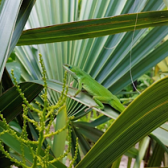
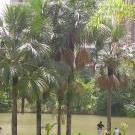


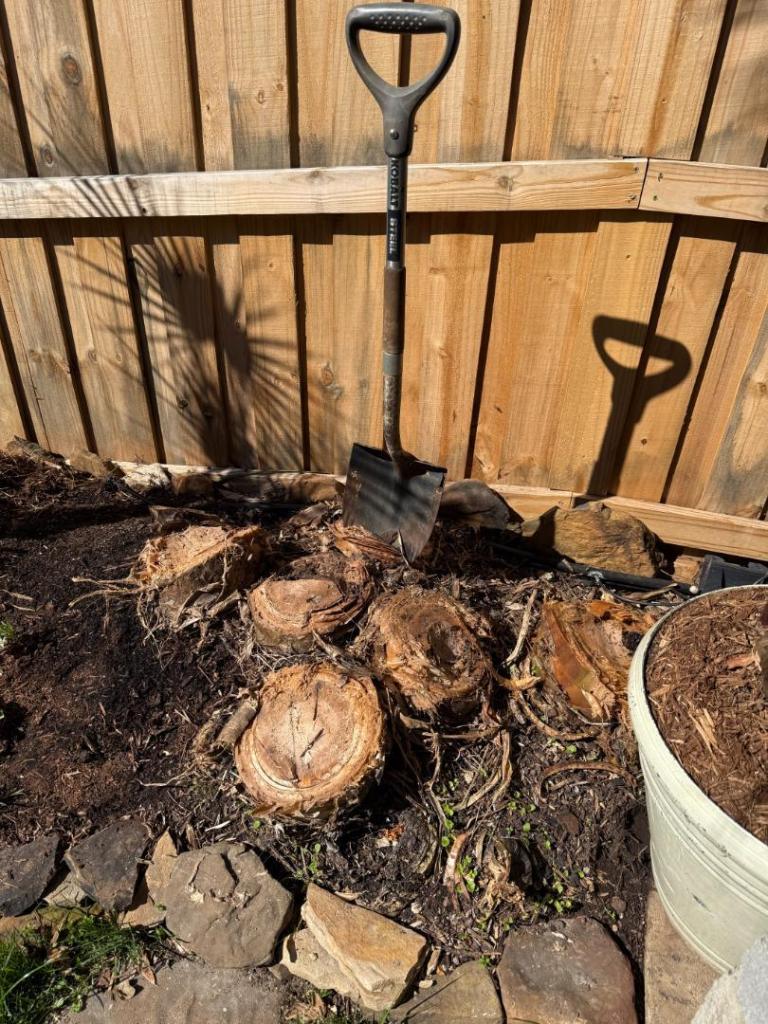

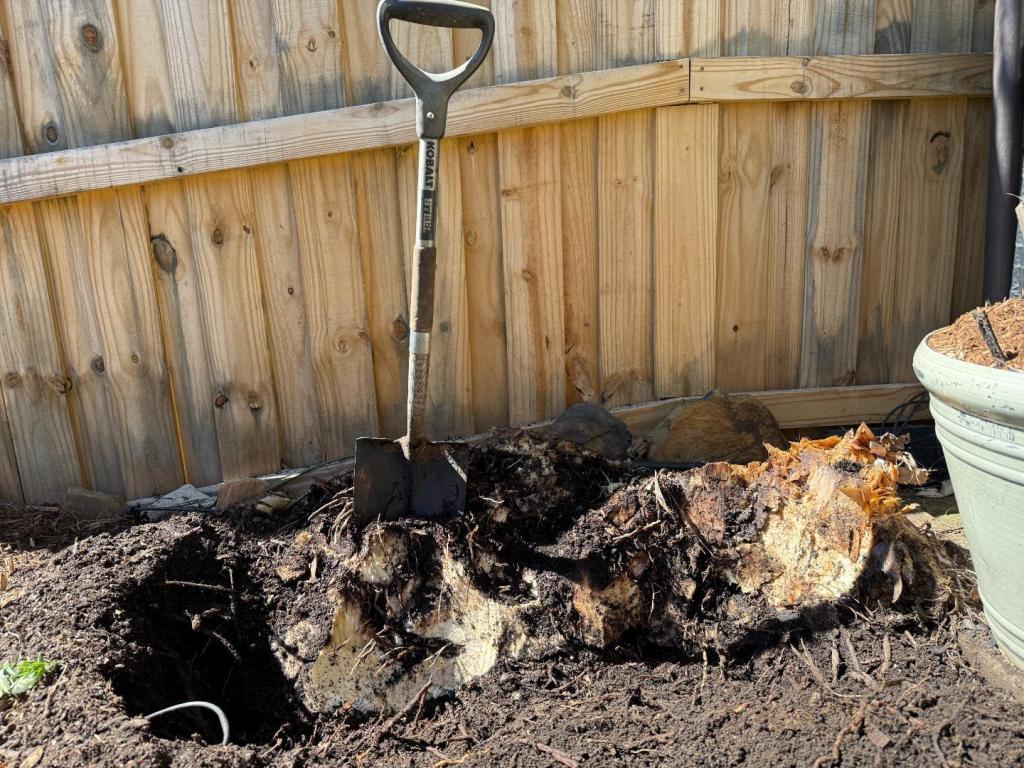






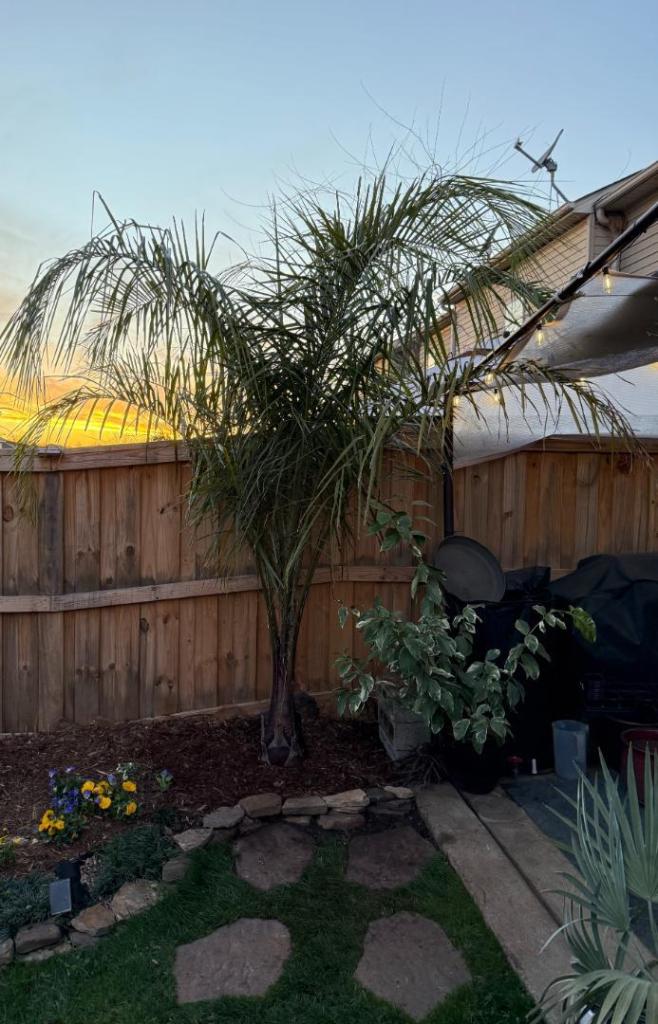

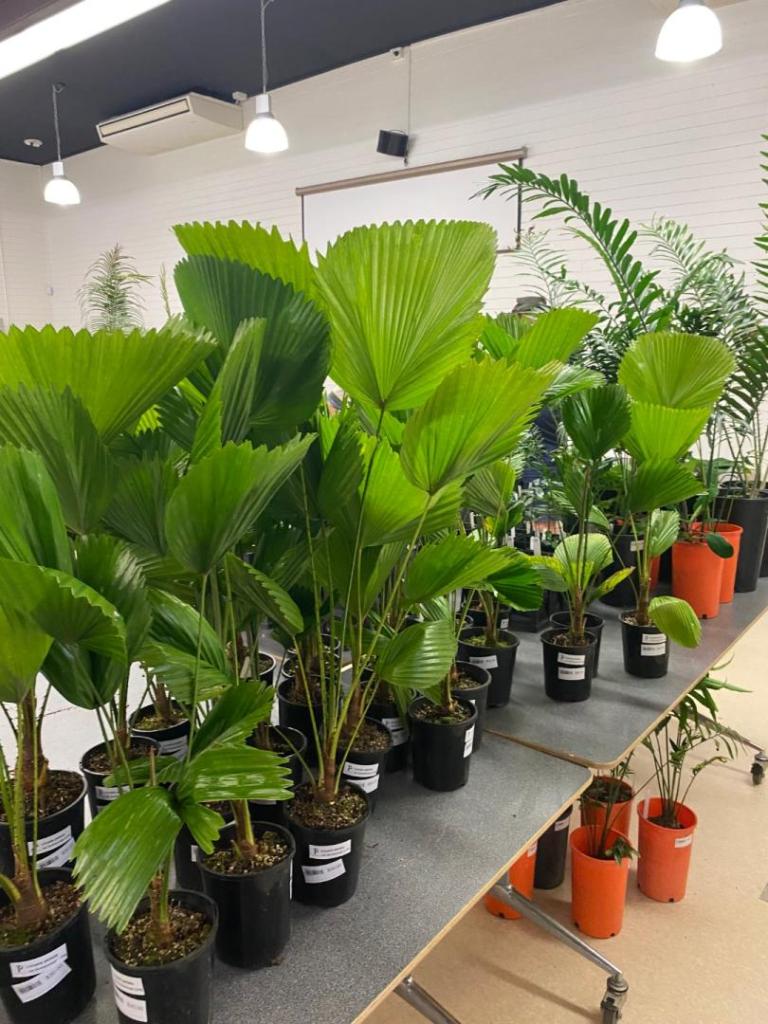


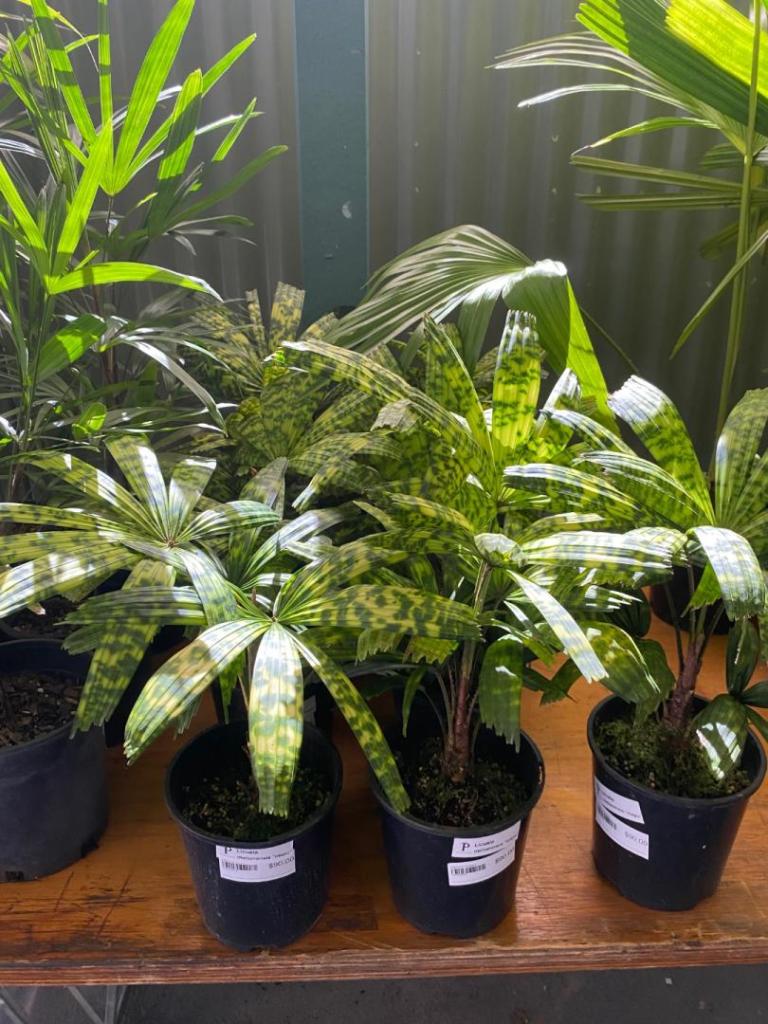






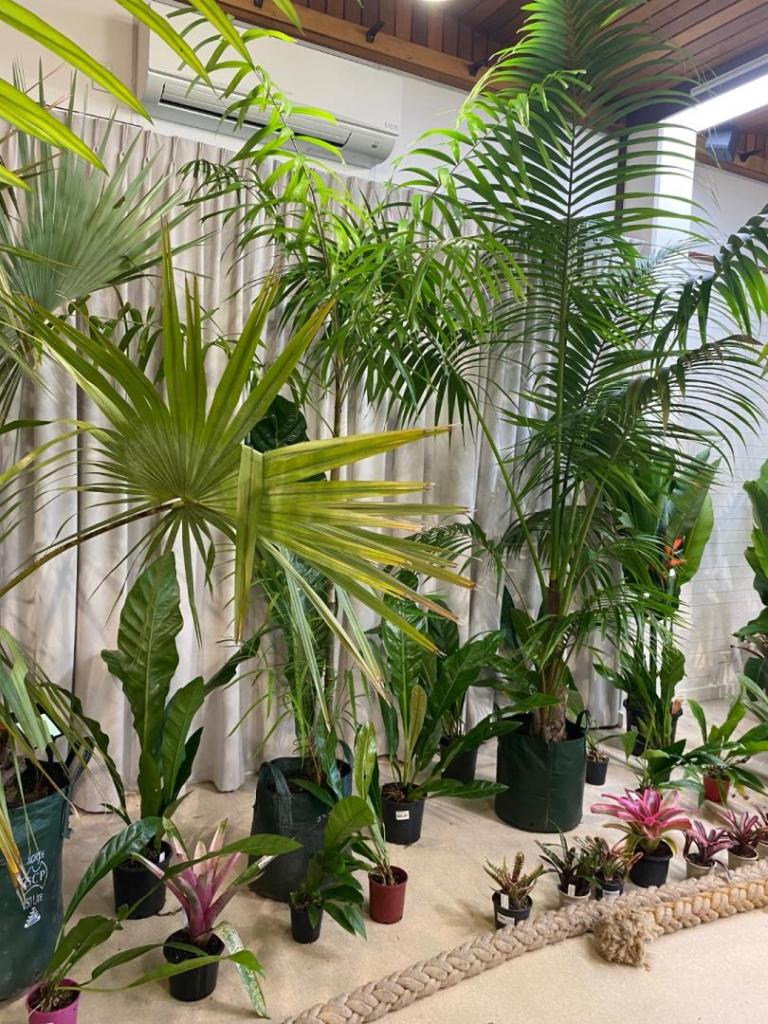
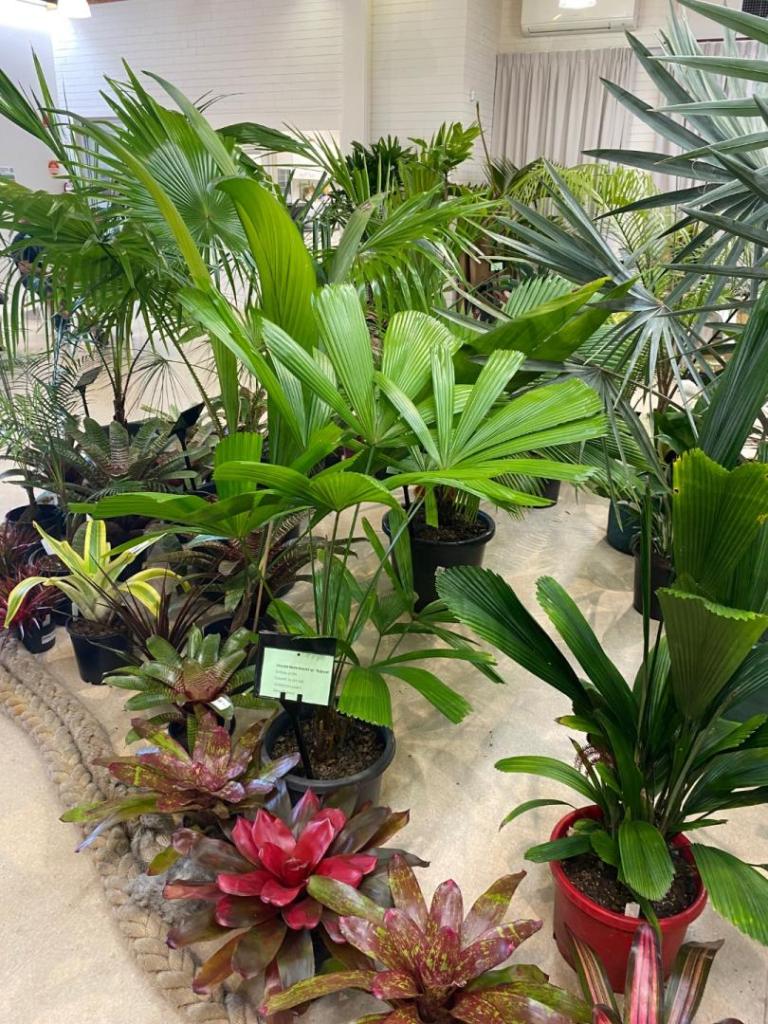




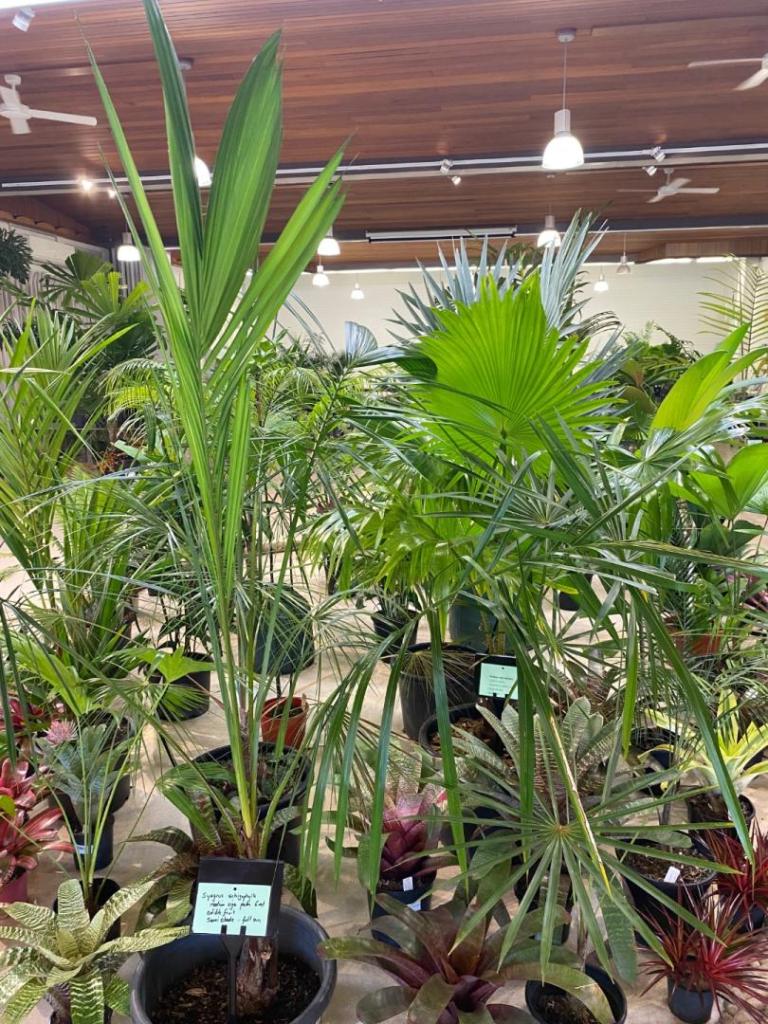
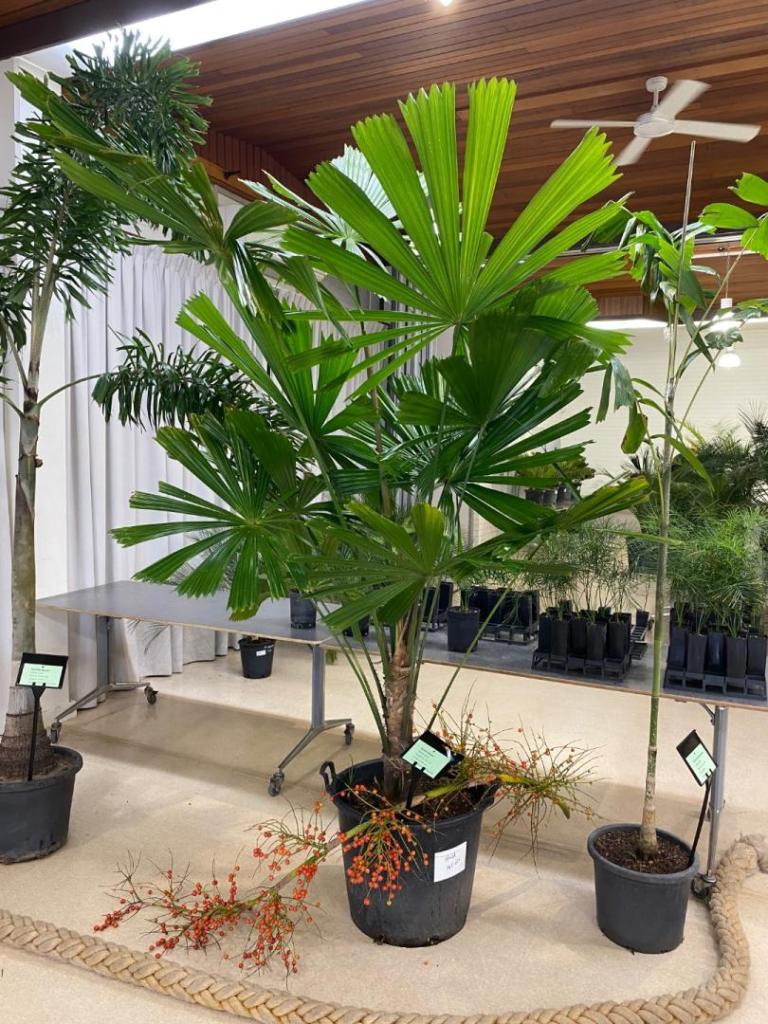








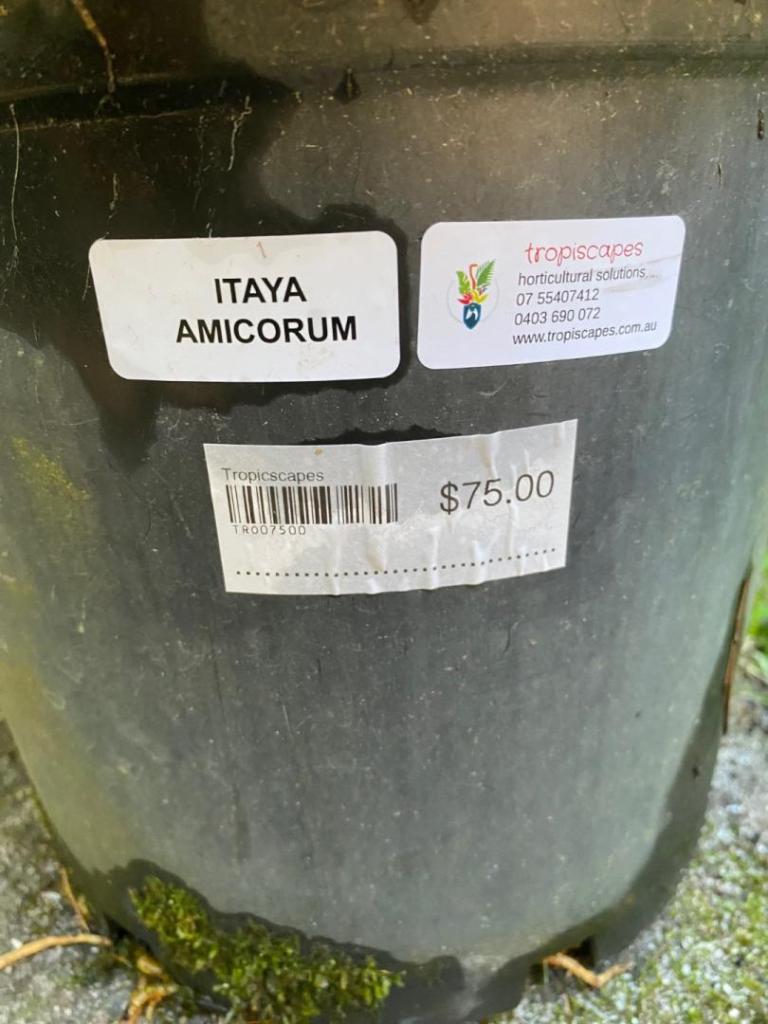





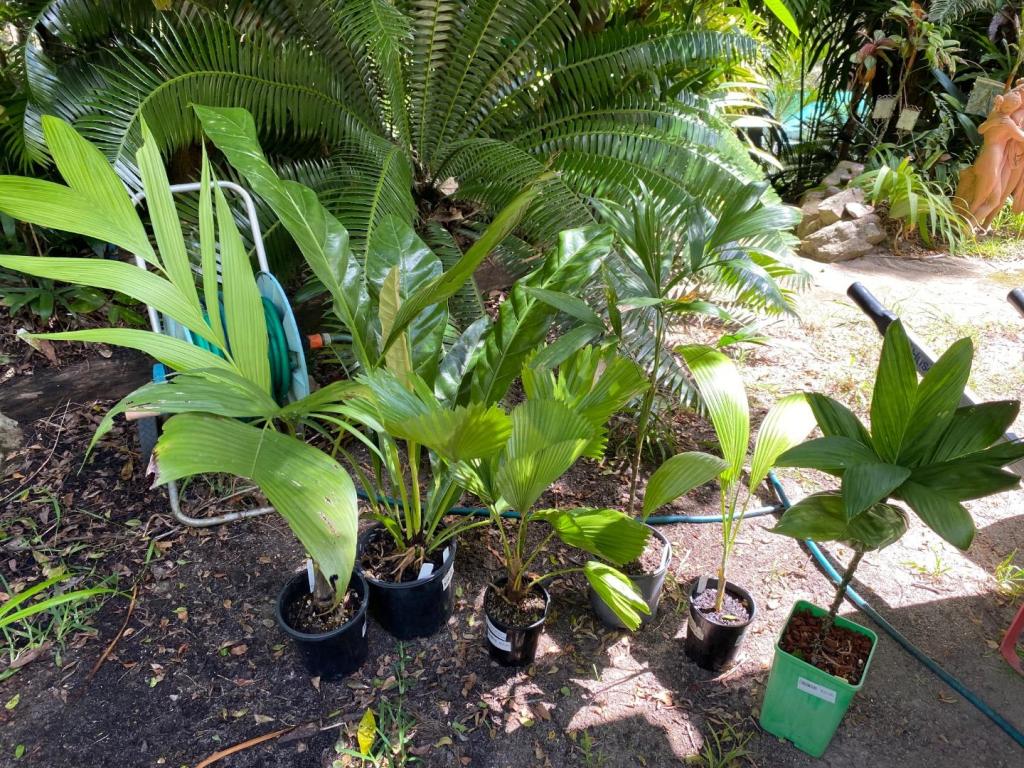
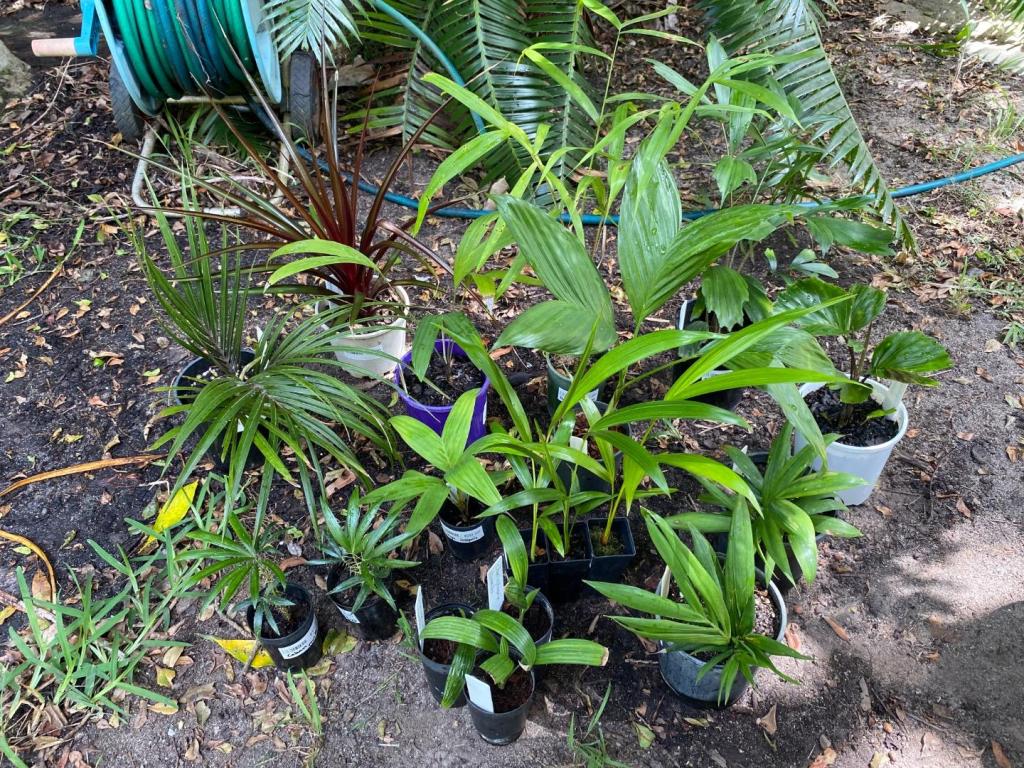
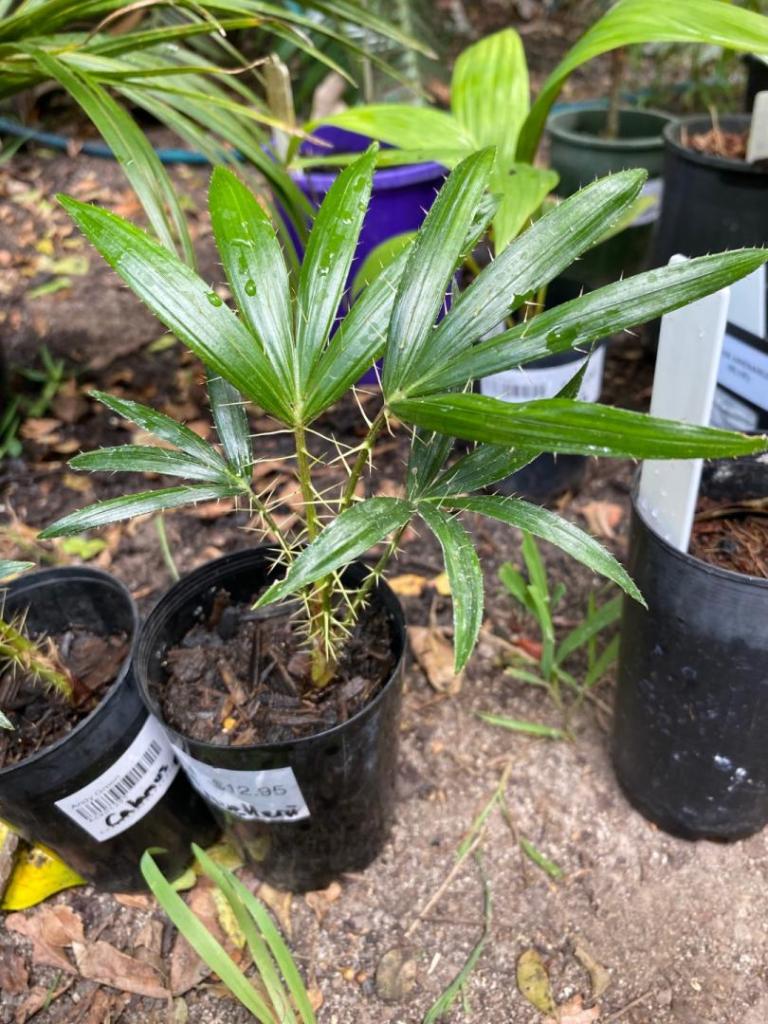

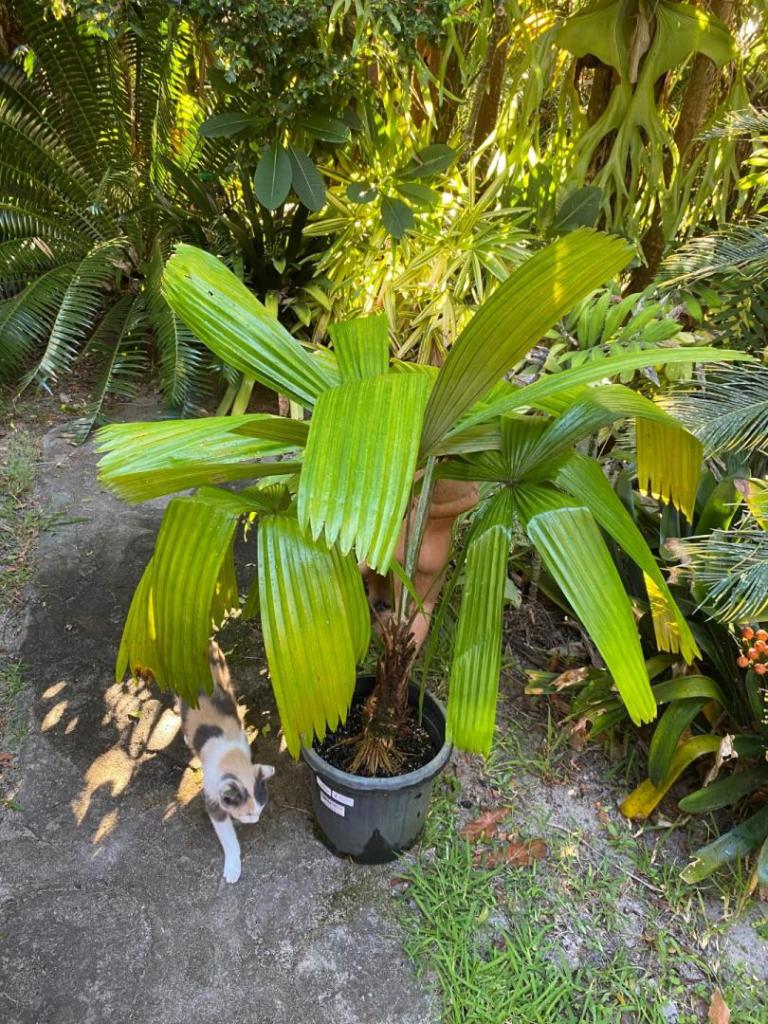

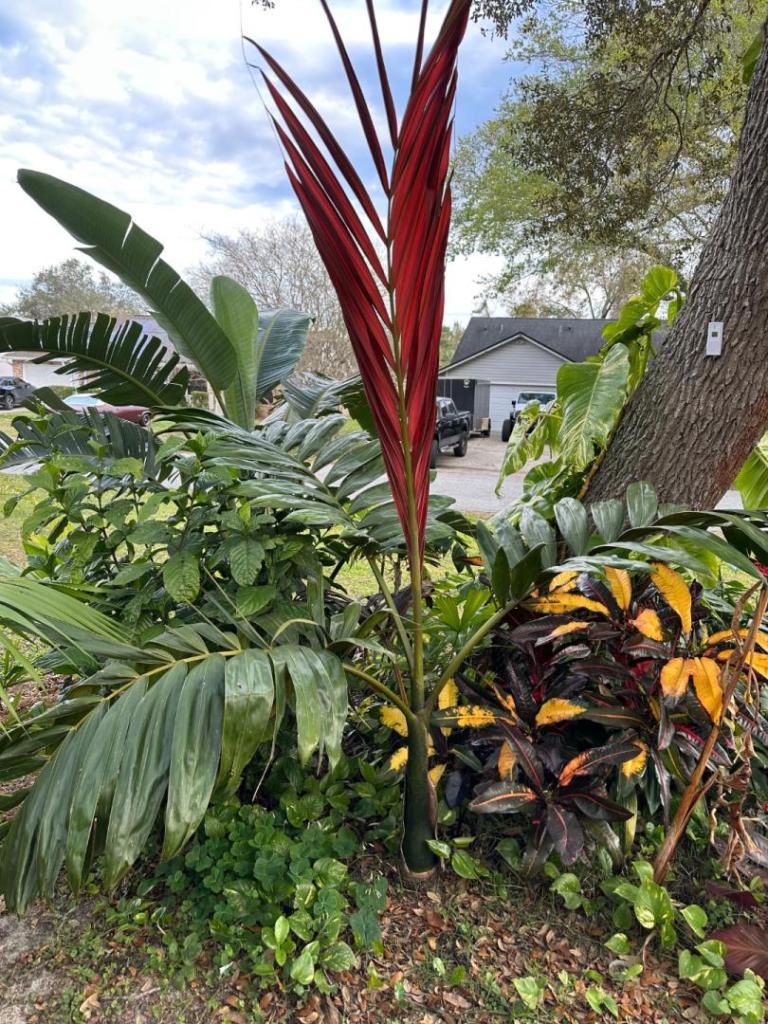










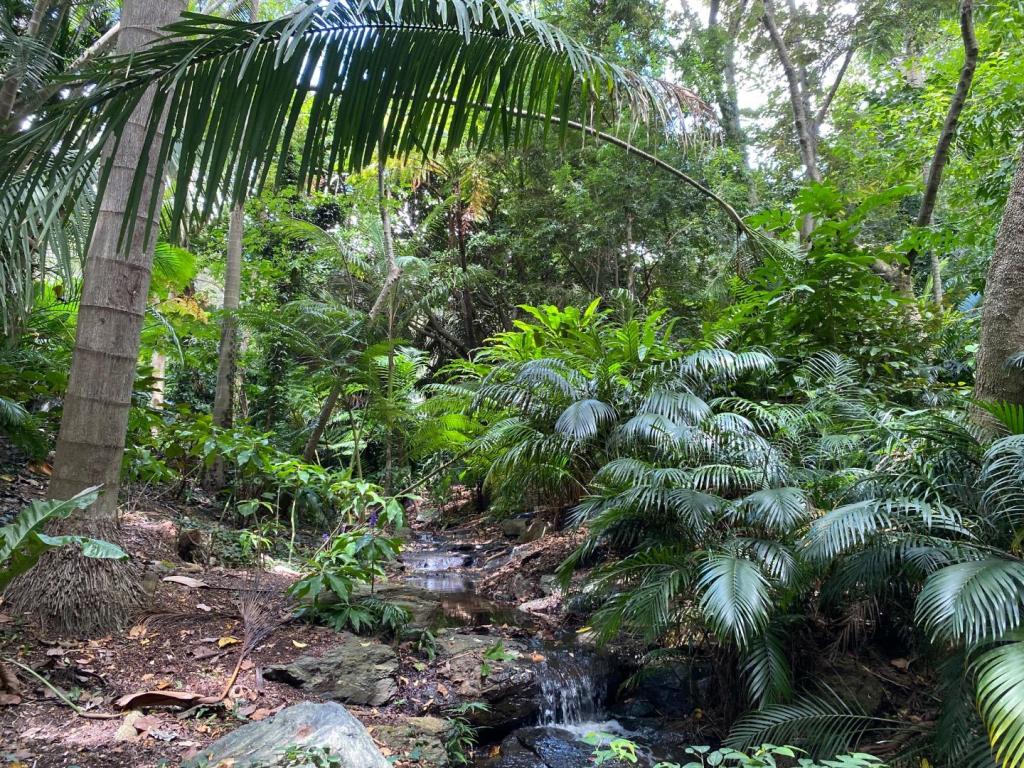




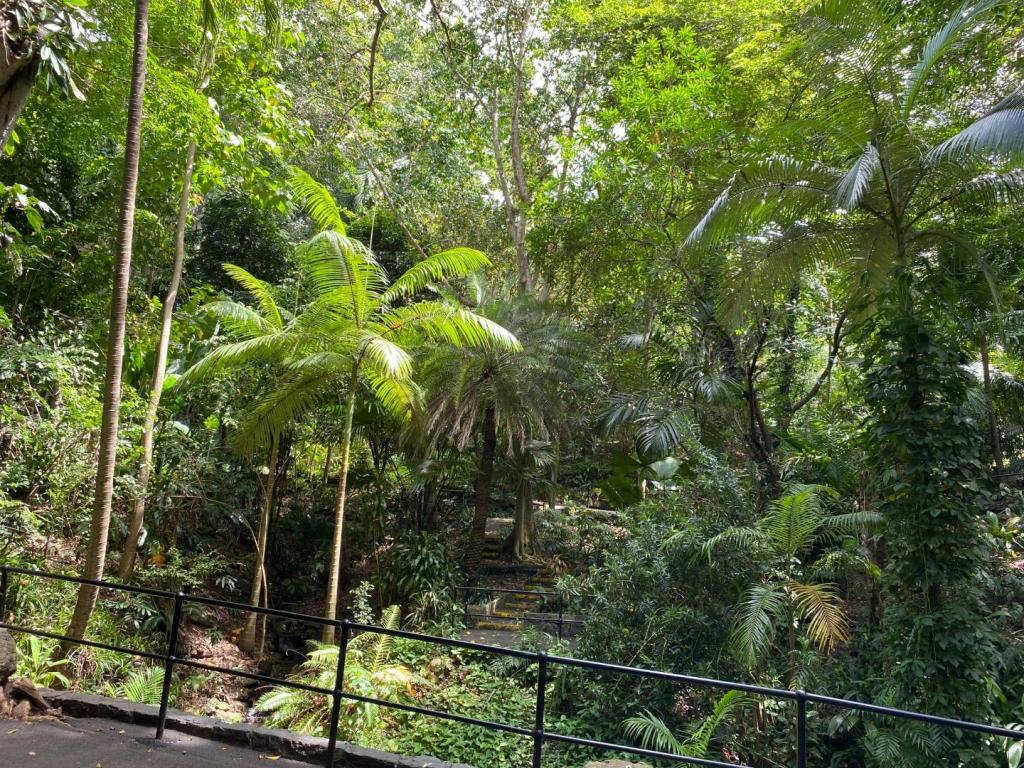
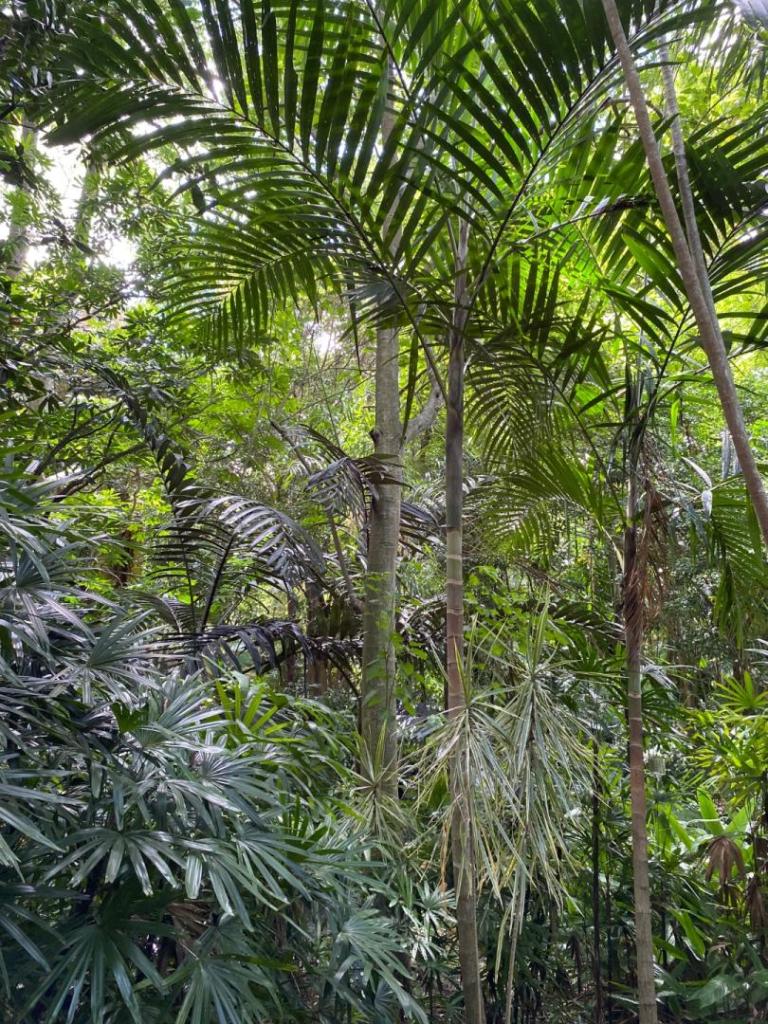



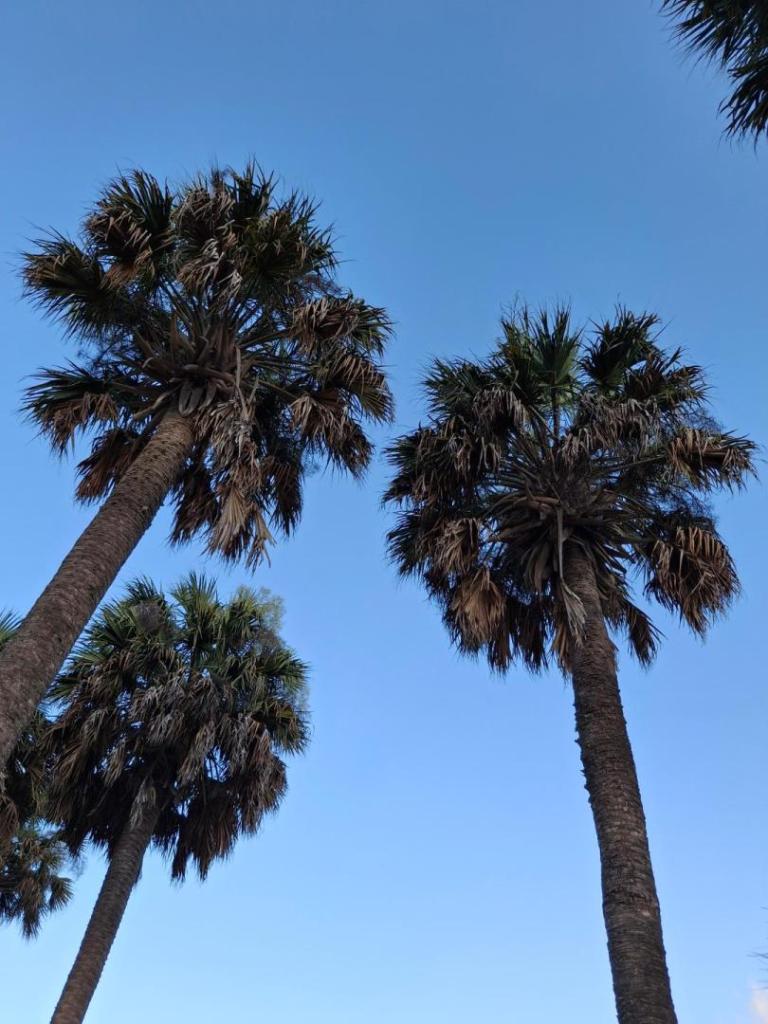





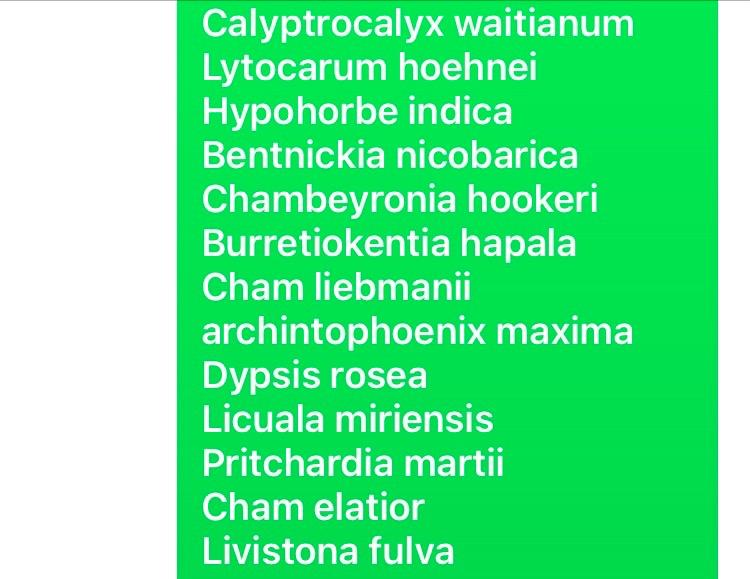
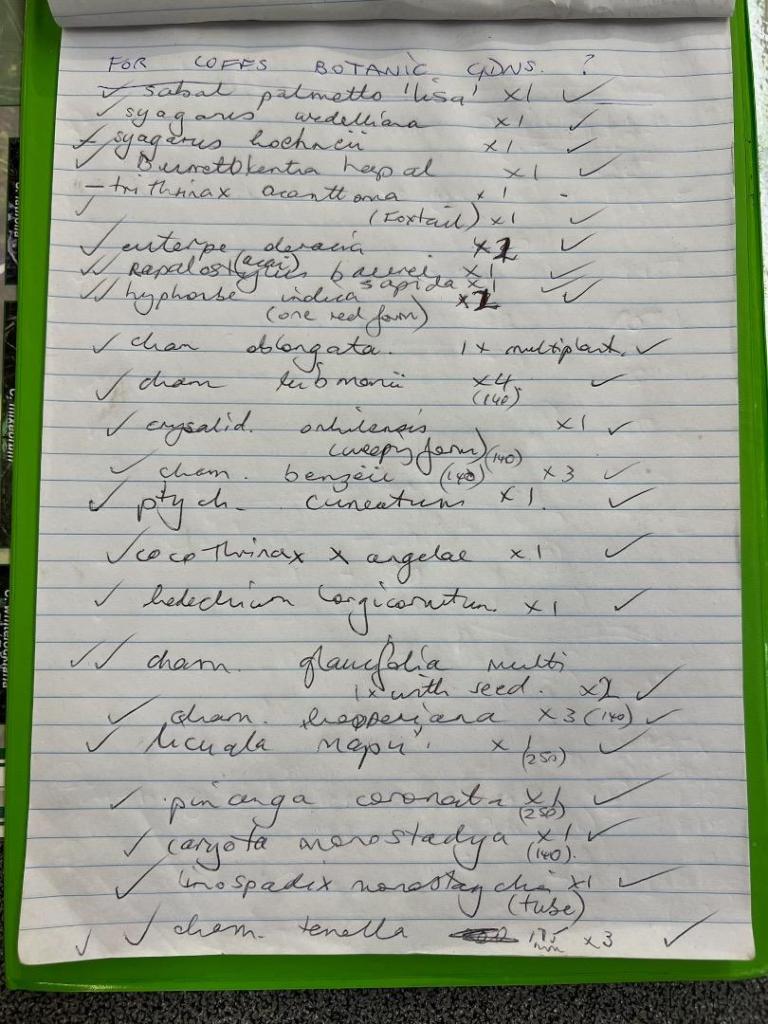












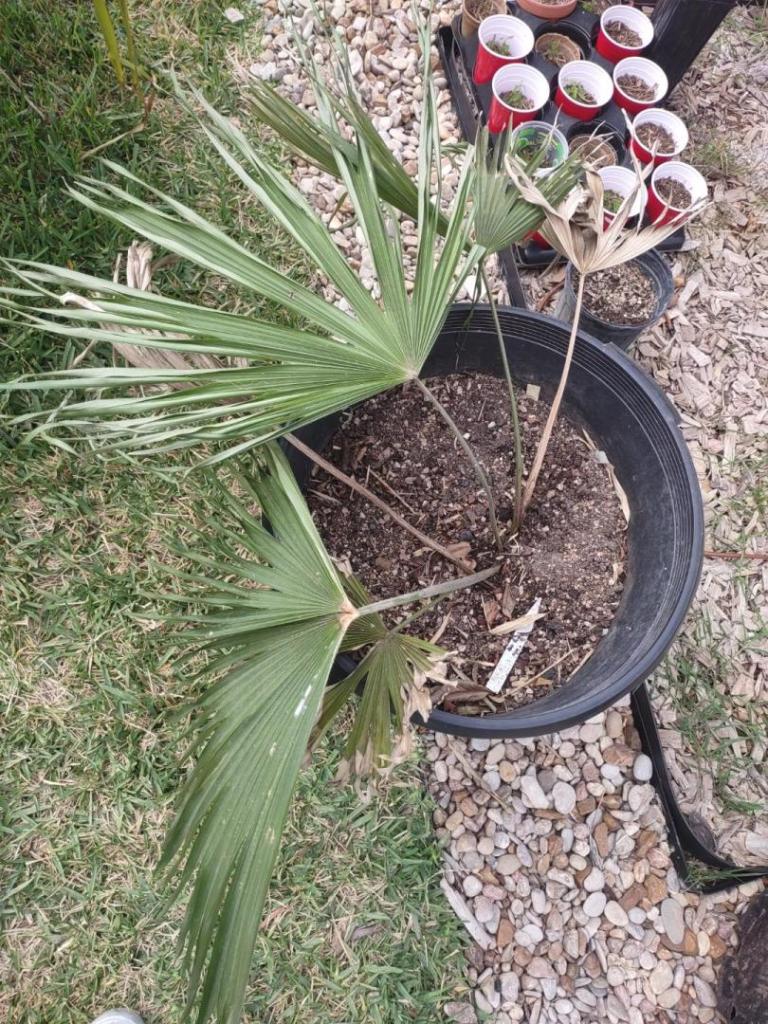
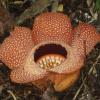


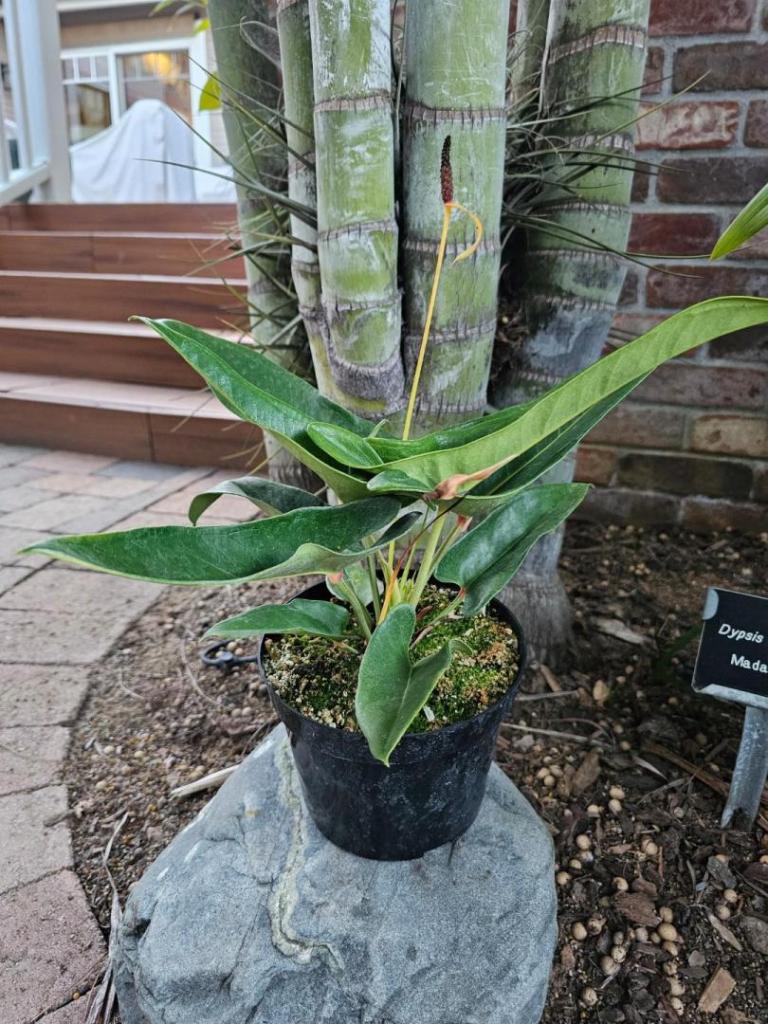
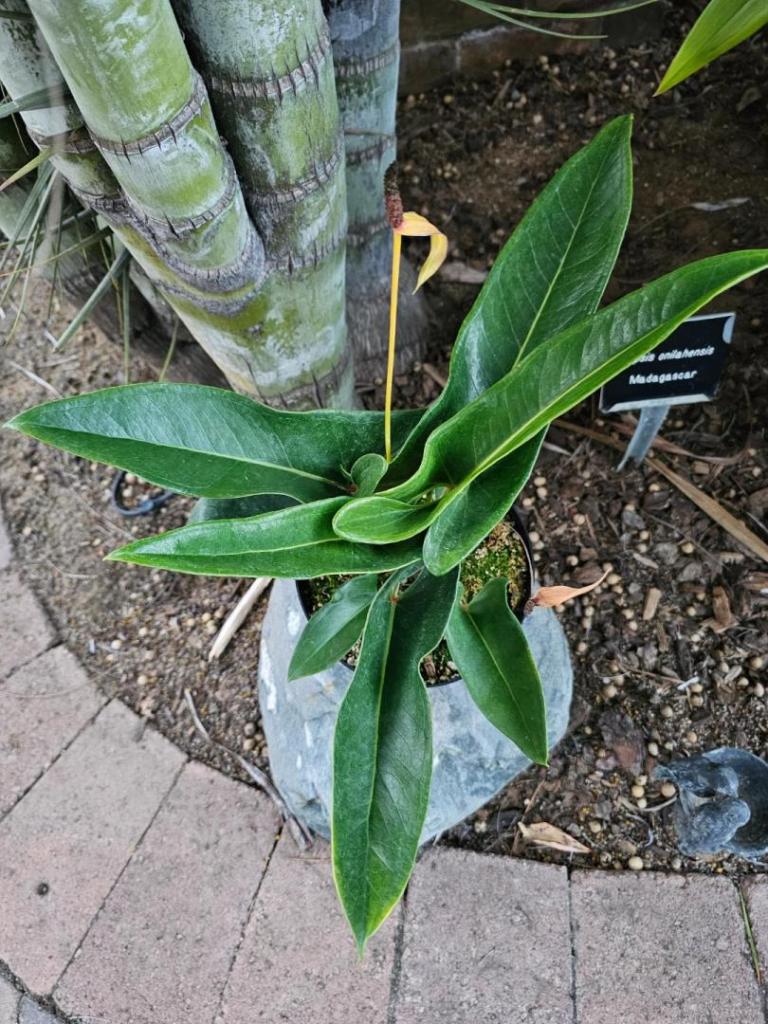

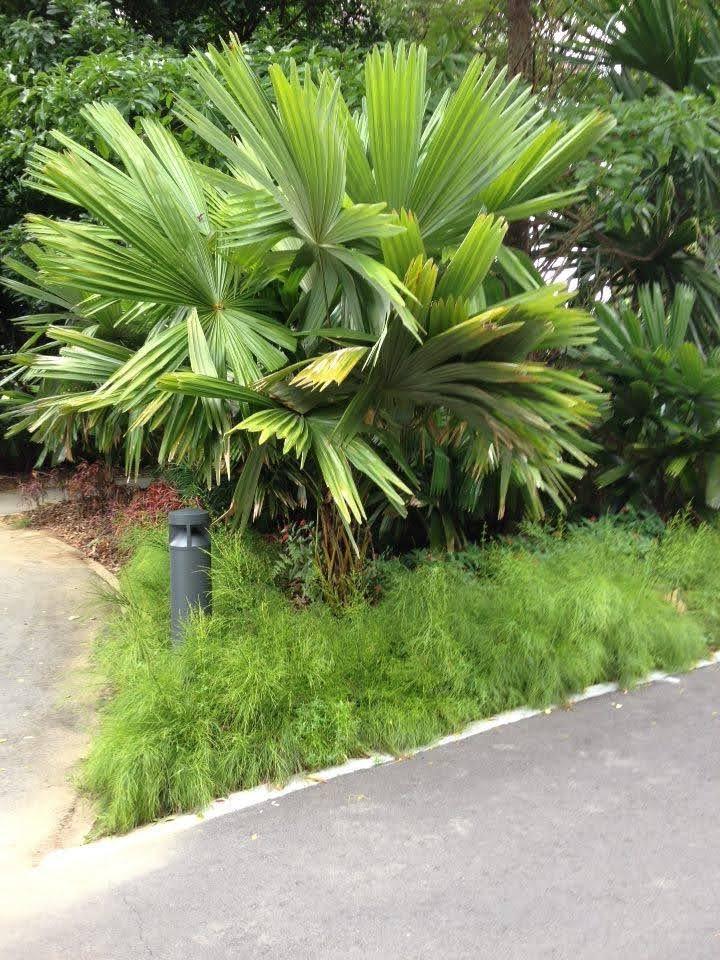
.jpg.0cf735c7525858af1582442942bc68e8.thumb.jpg.894f59a749fff01eb286c1fe4a50ab62.jpg)


